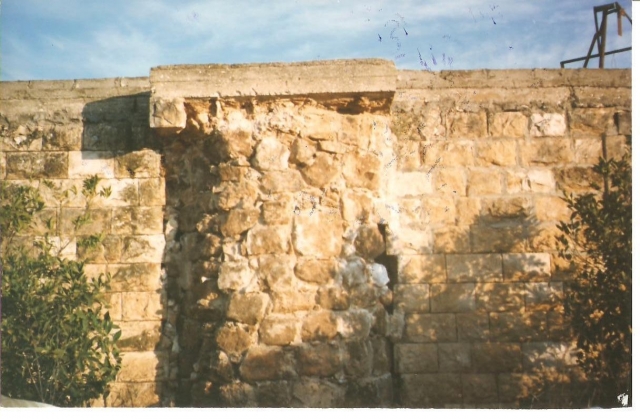Info
District: Tulkarm
Population 1948: 1550
Occupation date: 01/04/1948
Occupying unit: Hagana units
Jewish settlements on village/town land before 1948: Geulei Teiman
Jewish settlements on village/town land after 1948: None
Background:
Wadi al-Hawarith Before 1948:
The north and south parts of the village were located in the midst of a plain, on the west side of the coastal highway. The Village Statistics, 1945 considered these parts as separate entities. Originally the area was known as the River of Wadi Iskandaruna but was later changed to Wadi al-Hawarith after the tribe of Hawarith settled in the area during the second half of the sixteenth century.
The Haritha tribe has been traced to the tribe of Bani Sunbus, who, in turn, are said to have descended from Tayyi, and ultimately from al-Qahtaniyya, a Yemeni tribe that split into sub-tribes and moved to the Hijaz, Iraq, Palestine and Syria in the early days of the Islamic conquest.
Until 1929 the people of Wadi al-Hawarith worked the village land as tenants. In that year they entered a protracted battle against the Jewish National Fund (JNF) which purchased their land from absentee landlords. The JNF, was the World’s Zionist Organization’s body in charge of land purchase and development. Established in 1901 and still active, it is registered today as a tax-exempt corporation in New York.
In 1929 the inhabitants of Wadi al-Hawarith began resisting the measures adopted by the JNF to evict them from their land. During the 1930s, their story became a national symbol for Palestinians dramatizing their fears of a Zionist takeover of the land.
Occupation and Depopulation:
After facing a psychological warfare operation designed to induce the residents to leave, Wadi al-Hawarith was attacked by the Haganah.
According to Israeli historian Benny Morris, the combined effect of physical and psychological warfare led to the eventual departure of the residents by 15 March. Morris recounts that the Haganah operation to clear al-Hawarith was a part of the larger operation to clear the coastal plain north of Tel Aviv.
However, the History of the Haganah claims that the evacuation of the Wadi al-Hawarith area was organized by the Arab leadership as one of the first cases of civilian depopulation during the war. According to Morris the final blow to the village was dealt at the end of April and early May, which saw the destruction of the villages houses, rendering a return essentially impossible.
Israeli Settlements on Village Lands:
The settlement of Kefar ha-Ro’e was established on village lands in 1934. Kefar Witkin was built one year earlier, in 1933, but was just south of the village land. Gu’uley Teyman was built in 1947 on what had originally been village lands.
Kibbutz Ma’barot was established in 1933 and lies close to the southwest of Wadi al-Hawarith South and Mikhmoret lies just west of Wadi al-Hawarith North, but neither is on village lands.
The Village Today:
One family (that of Abu ‘Isa al-Hajibi) remained in Wadi al-Hawarith North after 1948 and today have ten houses in the area. On the southern edge of these houses is the settlement of Ge’uley Teyman. On the site of Wadi al-Hawarith South, four village houses have survived, one which is occupied by an Israeli family.
----------------------
Source: al-Khalidi, Walid (ed.). All that remains: the Palestinian villages occupied and depopulated by Israel in 1948. Washington DC: 1992.


